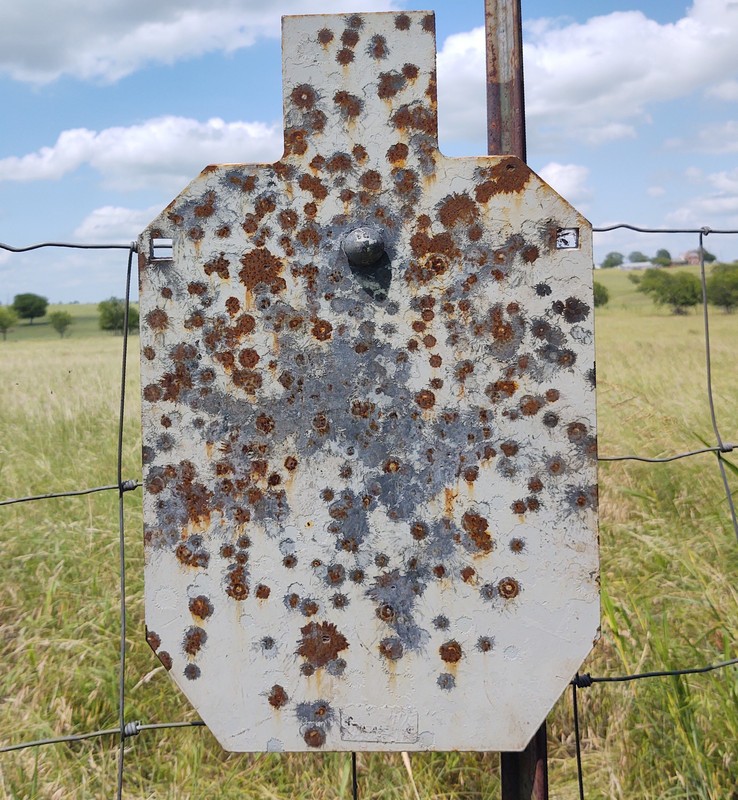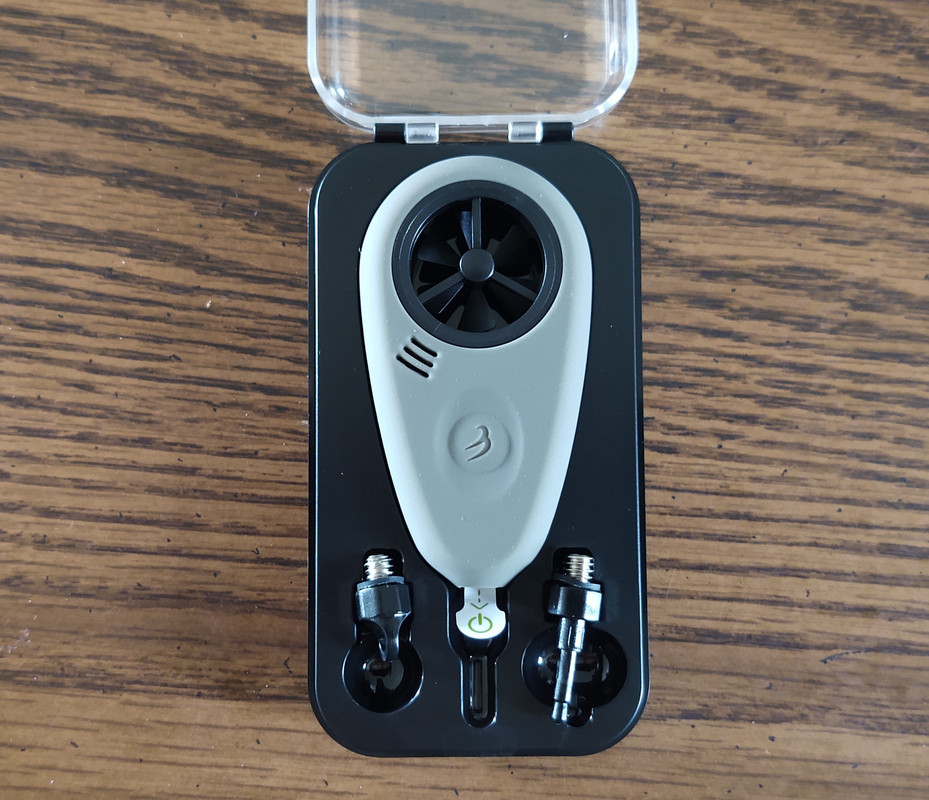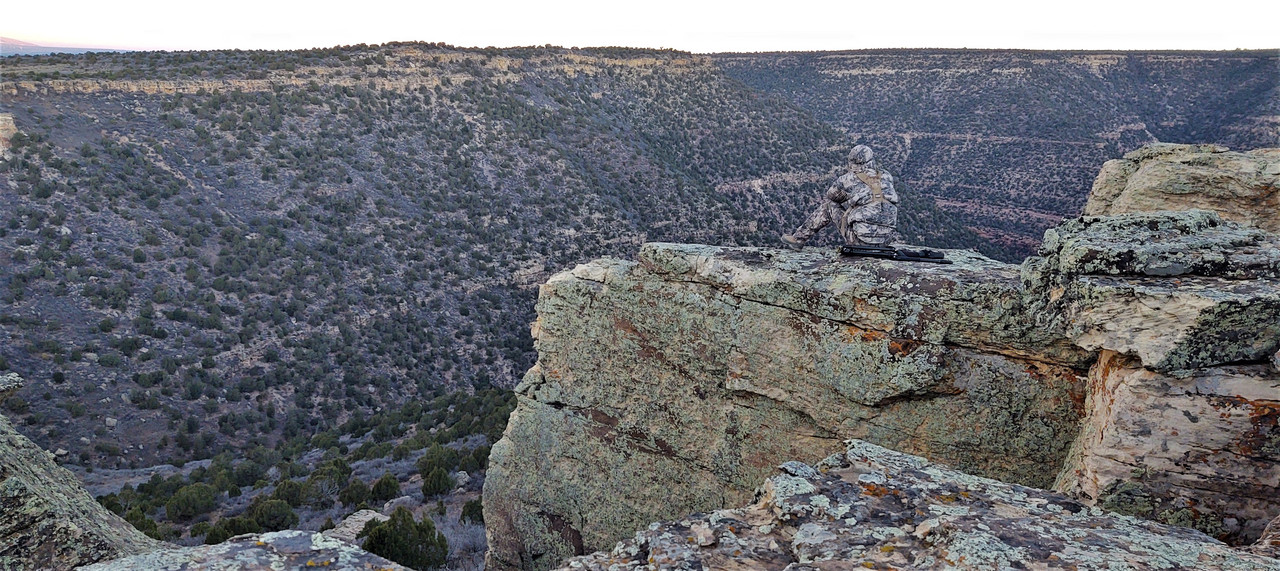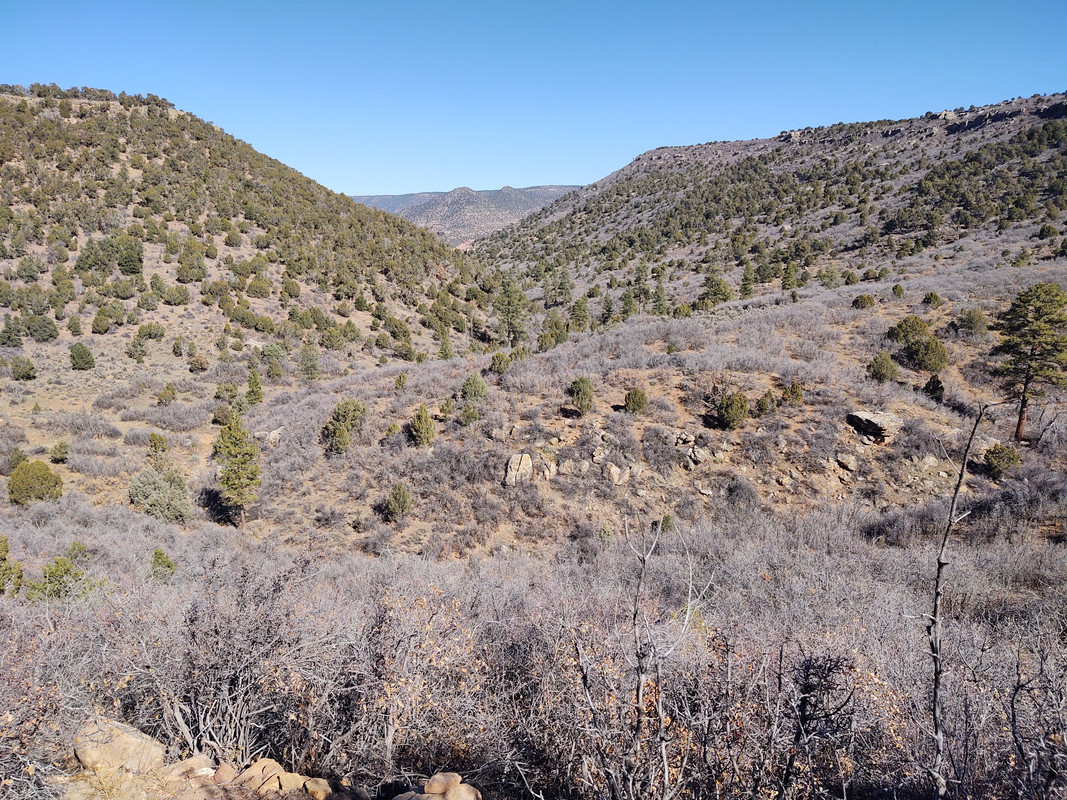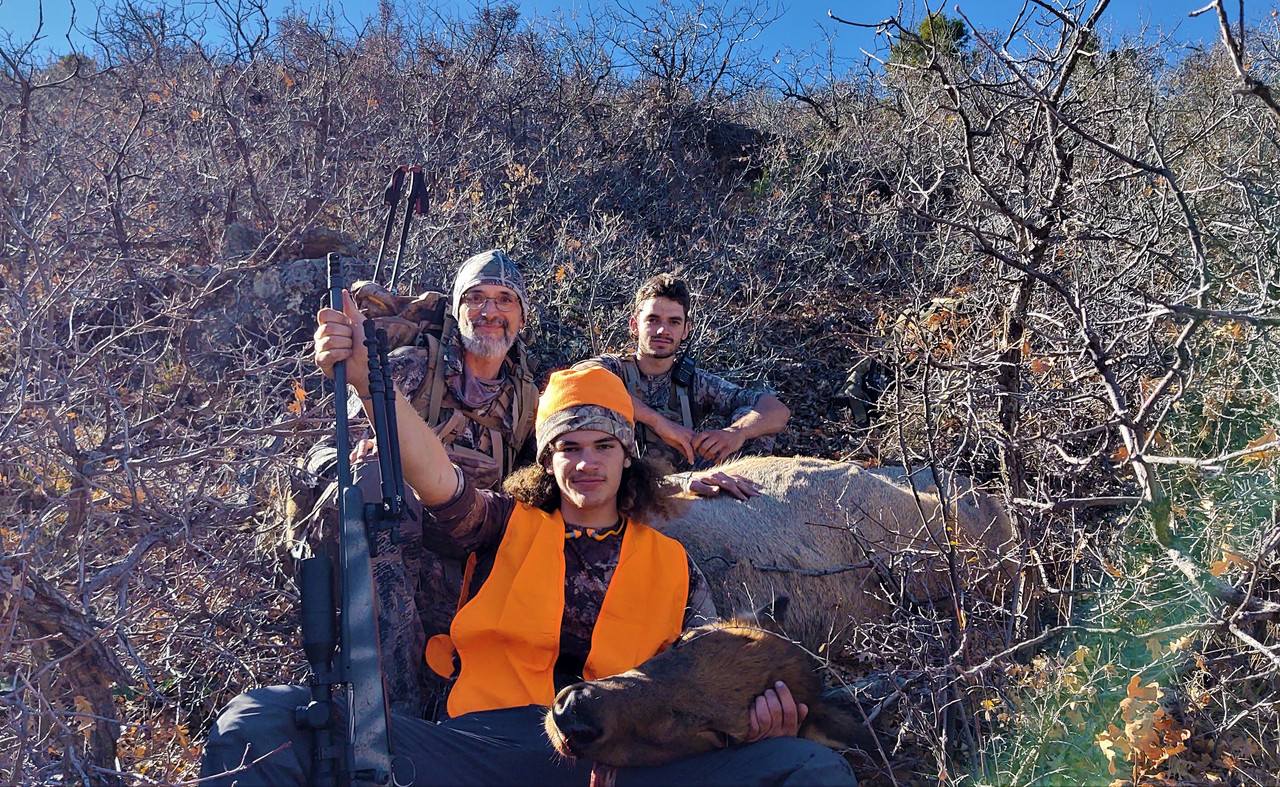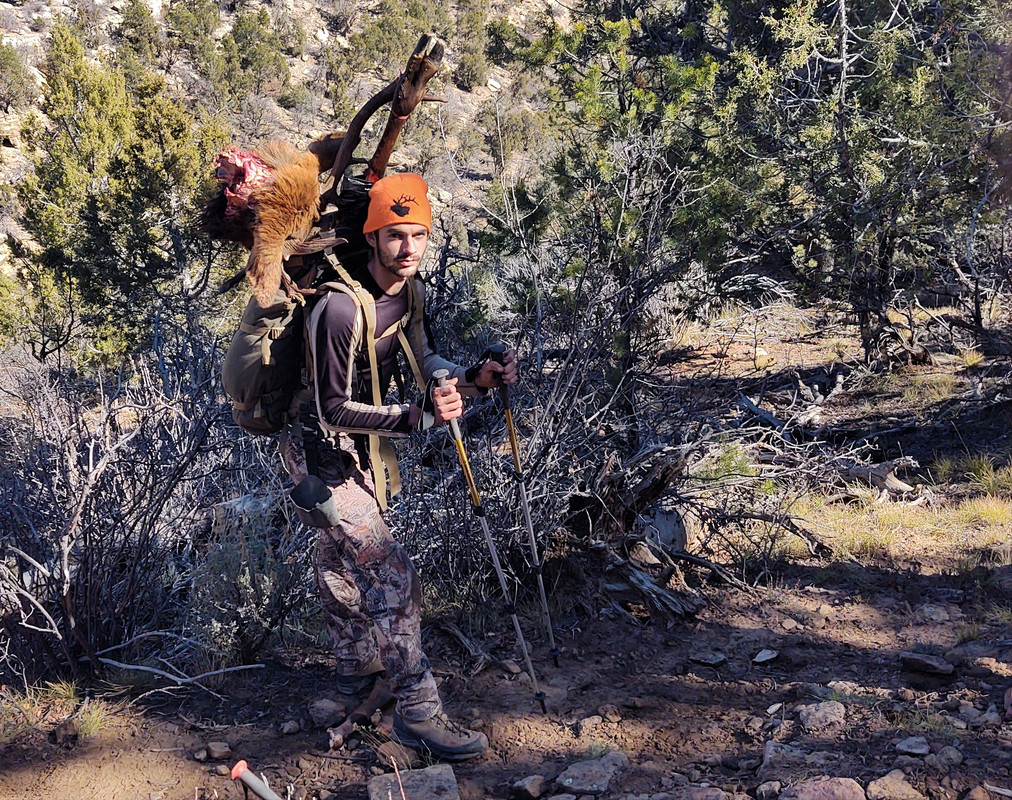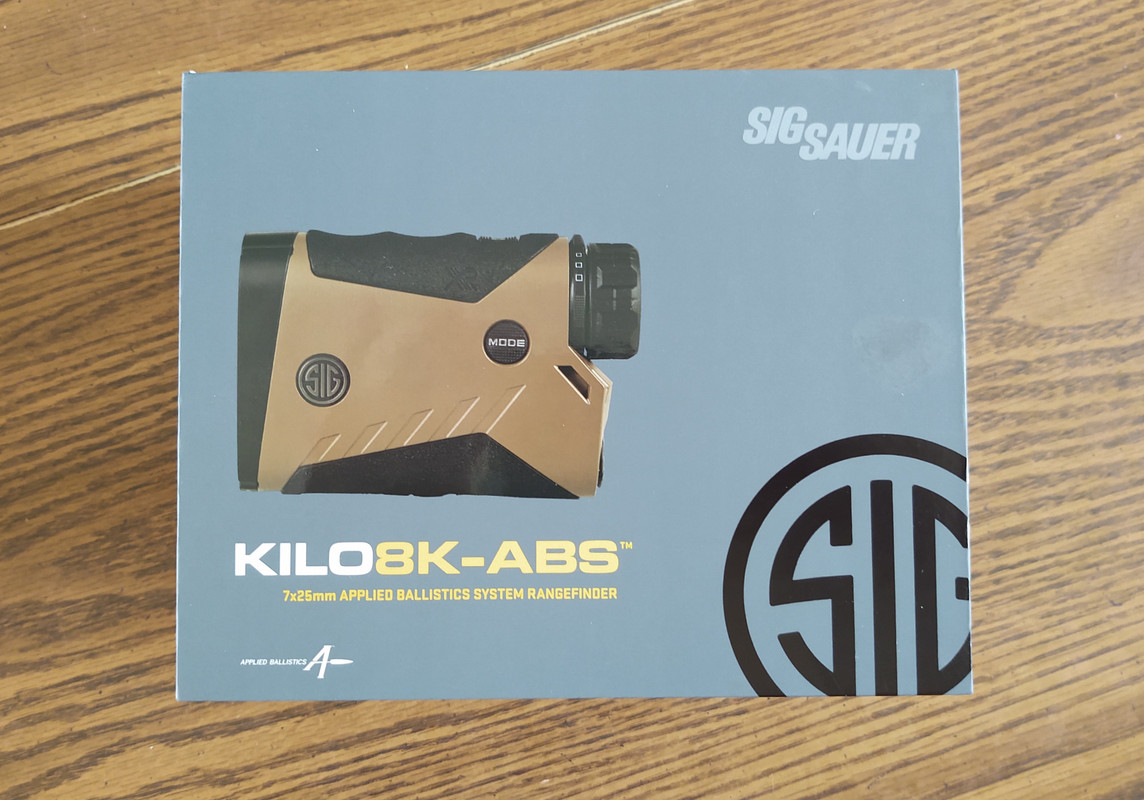
Introduction
A few years back, Sig made quite a splash with the release of their 2400 ABS CRF. It boasted ranging capabilities that were impressive for its time, if not class leading, but its real competitive advantage was its internal full Applied Ballistics suite, which made it arguably the most capable CRF in this regard.
The follow-up CRF to the 2400 ABS, the 2400 BDX, added Sig's excellent BDX capabilities, but just as significantly, Sig enabled a connection from the CRF to a Kestrel with AB, allowing the ballistic work to be done by the Kestrel's more sophisticated environmental and wind sensors. It then displayed the appropriate wind and elevation information into the RF. The connection is fast and secure, and allowed shooters to have some capabilities that the ABS system lacked. However, the BDX gave up a few things as well to the ABS, like moving from full AB onboard to AB ultralite, while also losing the onboard environmentals, which now had to be supplied to the CRF via connection either with a Kestrel or through the app. So while the 2400 BDX was a formidable and capable addition to the 2400 line, both the ABS and BDX had things the other unit lacked and, indeed, both continued in the catalog at different price points.
If there is one thing Sig's RF catalog can be counted on for, it is fairly fast iterations of their lines, with an eye towards new offerings that the market has indicated that they are interested in. So enter Sig's most recent line-up change in their CRF line, which are particularly interesting on the upper end. The KILO8K-ABS, the subject of this review, is their new flagship CRF….and the new bino RF, the KILO10K-ABS, the successor to the 3k BDX, which I am currently reviewing, and will write about later this year.
As I have had the opportunity to test many of Sig's RF's, I was hoping to get a chance to see how their line was moving along, so I was pleased to get the 8k just in time for season last fall and have had quite a bit of time with it to get into what the new features bring to the table. Beyond an expected increase in ranging, there are a lot of additions and none of them, in my opinion, are 'fluff'. While some are a combining of well-regarded capabilities from the previous lineup, others are new and innovative. There is a lot to cover, in fact, too much for any review of reasonable length, so I'll have to skip over some of the (in my opinion) less important features and also skip over the carry-over stuff like how BDX works etc., in order to focus more on the improvements and performance. For information on the BDX system, take a look at my review of the 2400 BDX, where I go into more detail.
What's in the box
Before we jump into the more important performance stuff, we should look at what Sig has done in terms of the whole package with the 8k. It comes very well accessorized, including a Weatherflow wind meter which can be used to measure windspeeds, a pouch to protect and carry the unit, a mount to allow the RF to be attached to a tripod, and a small but well made bag to carry it all in. One note on the pouch, it is well made and really nice, but unfortunately, utilizes a magnet for closure, which Sig has found to interfere with the internal compass at times. Since I received my unit, Sig has replaced the pouch with a new design that does not use a magnet, but I have not seen that pouch as of yet.

The Kilo 8k comes very well accompanied. The kit even includes extra batteries in the heavy duty carrying case
Ranging
The first thing to note is that with the new lineup, Sig has changed their naming convention. In the past, Sig and Leica kind of went their own way on this, with the 'number' in the model name really describing expected performance on standard targets like trees and rocks etc. So realistically, the 2400 RF's could be counted on to hit these kinds of targets in most situations out to at least 2400 yards, and generally, I found this to be fairly accurate, depending on conditions. Leica tends to follow this same naming convention, but most other RF's offerings are giving you the reflective distance under ideal conditions. Starting with this refresh, however, Sig has switched to the prevailing naming convention. So no, the 8k will not range 3 times as far as the previous 2400 series on the same targets, and frankly, I expected a very incremental improvement in ranging. However, that turned out to not be the case. There are 3 legs that control RF performance, one being software, one being the power of the laser, and the third being receptor size, which is the aspect that has made my 3k BDX my strongest RF by quite a margin to date. In the 8k, I knew Sig was using a new class 3 laser, which Sig told me would improve ranging from their previous 2400 series CRF's, but the degree to which, I was left to test on my own. In terms of accuracy, I expected a lot vs the 2400 series RF's, considering the sensor divergence and shape is improved. The 2400 series RF's had round sensors that had a divergence of 1.3 MRADs, whereas the new 8k has a rectangular sensor (wider than tall) with a divergence of 1.2 wide by .25 tall MRAD's. The orientation of the sensor is important to note, as it definitely effects performance. With a very 'short' .25 MRAD sensor, you are much less likely to reflect of off foreground or background objects. Sig is not the only one to use this orientation, Leica and Gunwerks being two others that shape their sensors in the same way, but it is good to see Sig adopt this performance design into their flagship CRF to improve target accuracy.
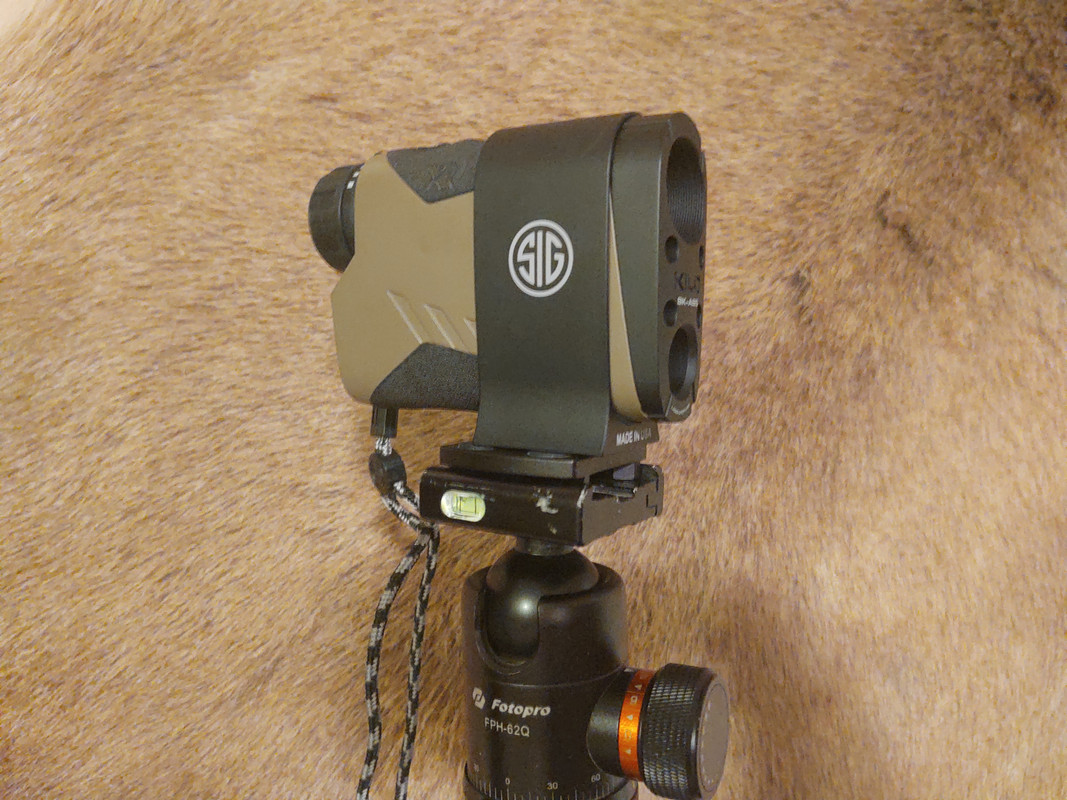
While I wish a tripod mount was integrated into the case, Sig does at least include an external tripod mount with the 8k
When I first pulled the 8k out of the box and ran outside, I noted a noticeable but moderate increase in range beyond what I saw with my 2400, so I was a little disappointed at first, but really, this upgrade was about a lot more than the ranging. However, after actually going through the menus and the manual, I noted that there is battery saver mode that was turned on. Battery saver throttles the laser to roughly 2000 yard reads in order to make your battery last twice as long where longer reads are not needed. I promptly turned that off.
In addition, there are a bunch of new ranging modes that were not present on my 3k, including a fog mode and an XR (extended range) mode. So when I really decided to test it out and try and stretch it's legs, I switched it to XR to see what would happen. Two things occurred. First, it was a little slower to range, which was to be expected because XR mode prioritizes ranging by taking more samples in order to increase the capability of the read. It was not slow, in fact, it's still faster than my non-Sig RF's. But Sig RF's have always been unusually fast in my experience, and the XR mode slowed it just a bit. Re-range is unaffected, but the time from push to display is just a fraction of a second longer.
What I got in return for a couple of 10ths of a second in wait time and more battery drain, was the second thing, increased ranging capability. Very much increased. As always, targets and conditions are not directly comparable, such that you really need a known RF to test against, so keep that in mind. But basically, I found that the 8k could keep up with my 3k 100 percent, and if I had to give one the edge over the other, I'd have to give it to the 8k. This despite the 3k's dramatically larger receptor. I started with the water tower I always test on at 3500 yards. Its large and white, so not much of a challenge in a sense, but of all my RF's, only my 3k can hit that under a partly cloudy sky…but the 8k could do it. I hit several sets of trees at my house that are not much over 2k, but none of the other RF's I tested could hit them in full sun except the 3k, but the 8k read them. But the real impressive numbers started racking up while elk hunting in Colorado. We were up there a month, so I had a fair bit of time to test on all types of targets in various conditions. I won't go through all the details for obvious space and time reasons, but the farthest 'real' target I hit was a cedar covered ridge, 12 minutes after sunset at 5760 yards. This was done simply leaning on a post, no tripod, and not just one time, on 'one spot', or on one day, it was completely repeatable. In addition, there were numerous readings at 3000-4800 yard distances under other circumstances at other targets. In some of those situations, I believe I could have ranged farther if I was not already reading off the last ridge (ie, the next ridge was well off into the distance).
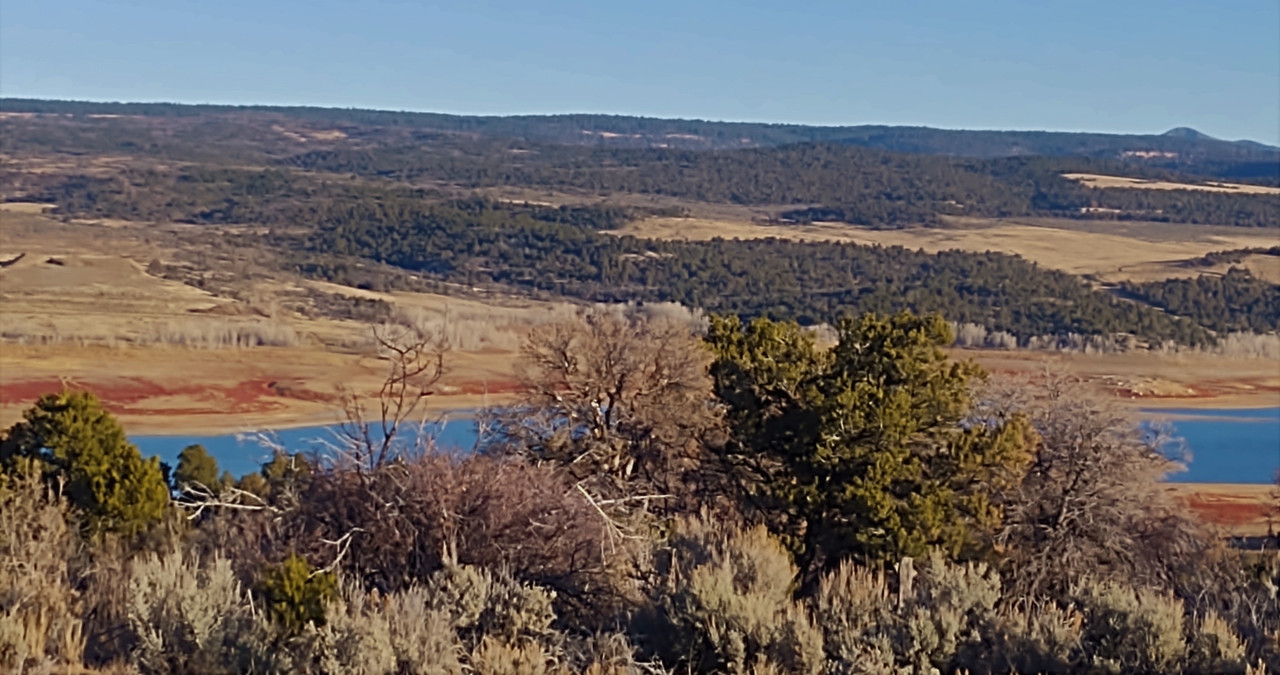
On hills just like these, I was able to reach 5760 yards just after sunset
Last edited:

